rainscreens
eating_in
16 years ago
Related Stories
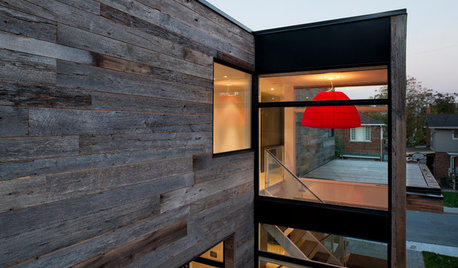
MODERN ARCHITECTUREHouzz Tour: And the Community Award Goes to ... a 'Zen Barn'
Contemporary minimalism wins over the neighbors and delights the owners of this light-filled Canadian home
Full Story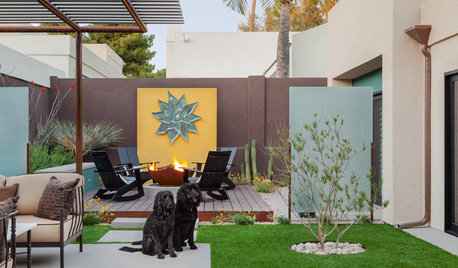
PATIOSCase Study: 8 Tips for Planning a Backyard From Scratch
Turn a blank-slate backyard into a fun and comfy outdoor room with these ideas from a completely overhauled Phoenix patio
Full Story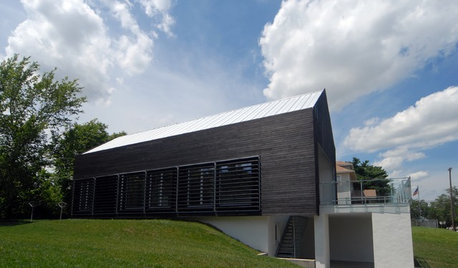
REMODELING GUIDES'Yakisugi-ita' Is Setting the Siding World on Fire
Exterior wood siding created by a Japanese burning technique is now alighting in the Western world
Full Story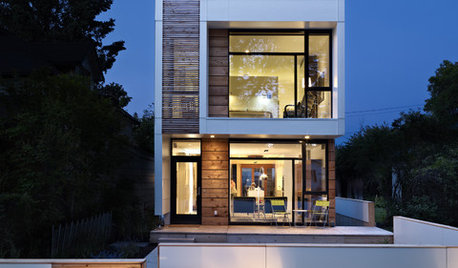
HOUZZ TOURSHouzz Tour: Wide-Open Views on a Narrow Canadian Lot
Expansive glass walls facing the street create openness, sun-filled rooms and closer relations with the neighbors
Full Story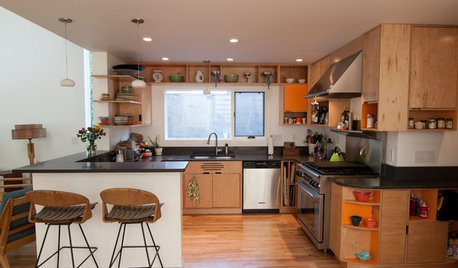
HOUZZ TOURSMy Houzz: Added Space and Style for a 1960s Split Level
With a new second story and downstairs suite, custom touches and midcentury pieces, this Portland family home suits 3 generations
Full Story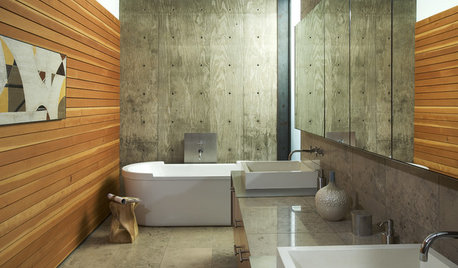
THE ART OF ARCHITECTUREDesign Workshop: Wonderful Material Marriages
See why some materials — concrete and wood, glass and paint, brick and steel — just belong together
Full Story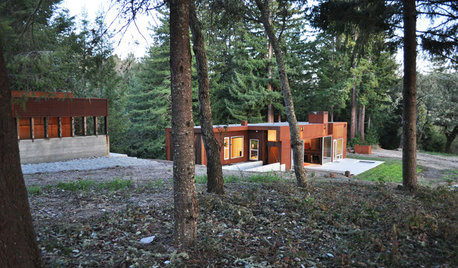
HOUZZ TOURSHouzz Tour: A Modern Getaway Nestled in the Trees
Nature views and bold materials star in a California vacation house for Chicago newlyweds
Full Story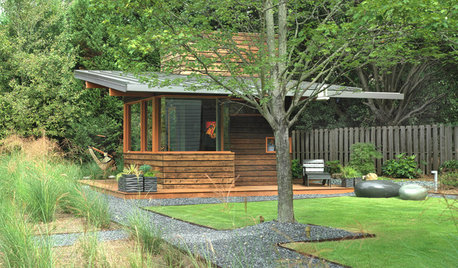
OUTBUILDINGSRoom of the Day: A Backyard Studio for Repose and Reflection
See an Atlanta man cave that’s more Bauhaus than Bedrock — and offers outdoor spots for relaxing, rain or shine
Full Story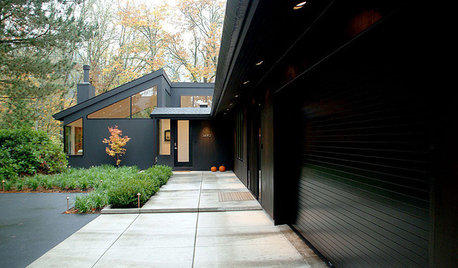
EXTERIOR COLOROn Trend: Bold and Black Exterior House Color
All-black and coal-gray exteriors make a nonconformist statement on homes of any style and size
Full Story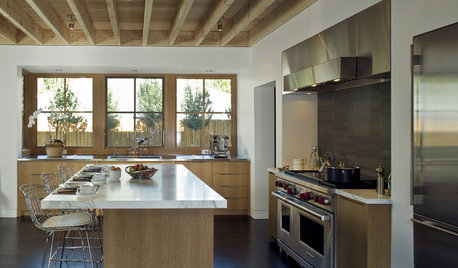
MATERIALSAn Architect Shares His Go-To Materials
Aluminum doors, porcelain tiles, polished concrete. Here are the features and finishes this professional returns to time and again
Full StorySponsored
Columbus Design-Build, Kitchen & Bath Remodeling, Historic Renovations
More Discussions






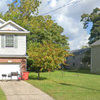

mightyanvil
coffeehaus
Related Professionals
Holtsville Architects & Building Designers · Providence Architects & Building Designers · Troutdale Architects & Building Designers · Casa de Oro-Mount Helix Home Builders · Manassas Home Builders · Superior Home Builders · Converse General Contractors · Dunedin General Contractors · Euclid General Contractors · Evans General Contractors · Mountlake Terrace General Contractors · New River General Contractors · Orangevale General Contractors · River Edge General Contractors · West Lafayette General Contractorseating_inOriginal Author
SuzieSnowflake
rollie
eating_inOriginal Author
rollie